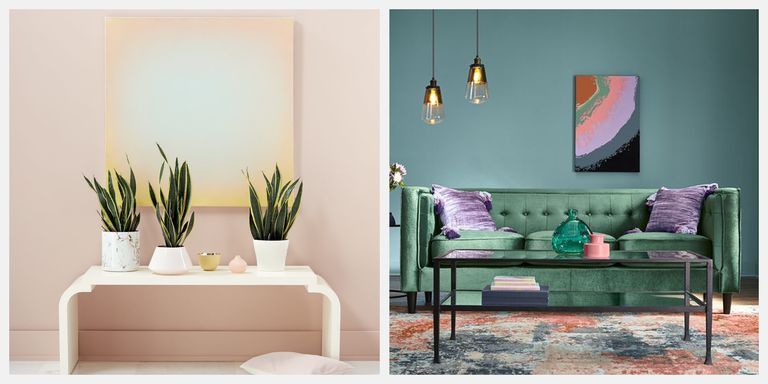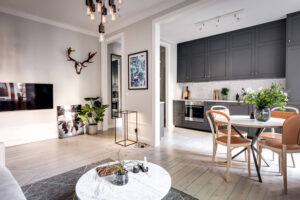Primary color theory
The color theory refers to the idea that a color or a combination of colors evoke different emotions. For interior designers, it feels excellent when a specific room inside the house or office convey emotion. It makes the room vivid and lively.
If you want to convey energy and excitement, use orange, yellow, and red colors in a room. These colors are perfect for offices 

Whether you consider interior design as a hobby or not, it still wise if you know how to choose the right colors in your home.
The primary color theory is only the first of essential things you need to know when it comes to interior design. There are more ideas that I’m willing to share with you in this article.
Let’s begin.
Using a Color Wheel

Do you remember learning about the color wheel when you’re in pre-school? Back then, you once thought that the color wheel only displays a bunch of colors.
The color wheel is more than a set of different colors you need to memorize as a child. The colors on the color wheel are essential for you to choose the color or combinations suits your home or office.
The color wheel represents 12 different colors that remove the “guesswork” in using the colors that suit each room in your house or office. Most color wheel models don’t only include 12 color shades that enable the interior designer to choose and use colors that fit their home perfectly.
Basic Colors
You might be confused – there are only seven shades in the rainbow 🌈. So, how come there are 12 colors or more in the color wheel?
Don’t worry! There are indeed 12 colors on the wheel and here are the colors you often see on the color wheel:
Primary Colors
- 🔵 Blue
Red
Yellow
Take note: primary colors aren’t mixed using other colors.
Secondary Colors
- 🟣 Purple
Orange
Green
Unlike primary colors, secondary colors result by mixing the primary colors.
Tertiary Colors
By mixing the primary and secondary colors, you have the tertiary colors on the color wheel.
Well, let’s face it – most first-time designers and homeowners are unsure what colors to choose for their home interior. But it’s a wise to start with the 12 colors until you select the right colors that are perfect for your home and office space.
Here’s a good example:
When deciding about a color pallet 
Remember: selecting complementary colors is a challenge because too much color variation is disruptive. But once you pick the right colors, it’s easy for you to balance the mood of your home.
How to Change Colors with Neutrals
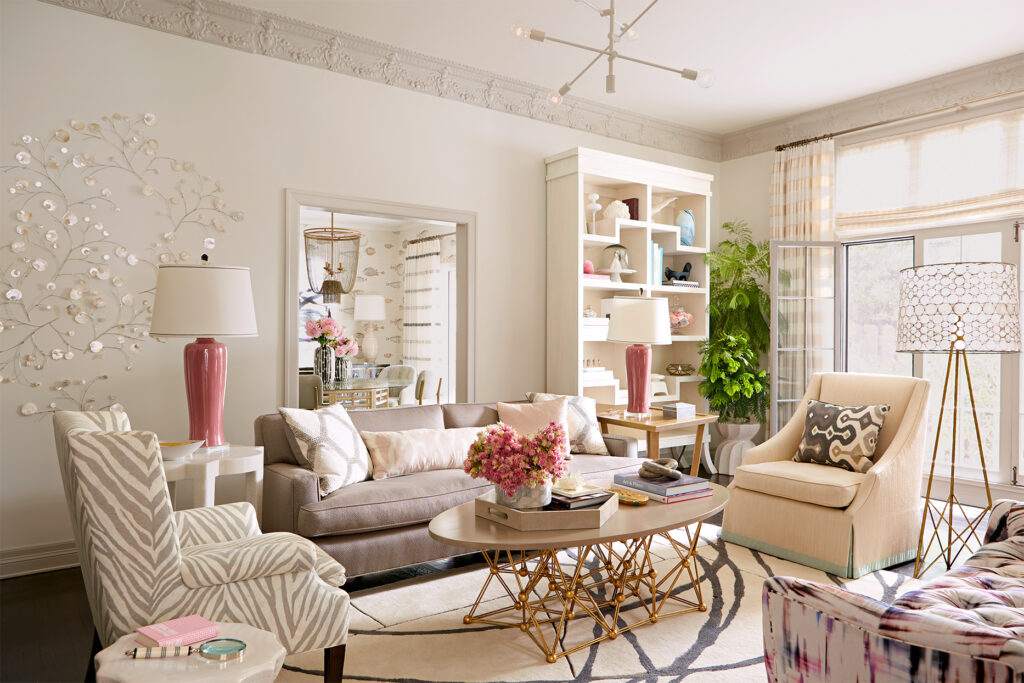
Now when you understand the primary colors, it’s time to combine those colors with neutrals.
Why?
You can create different varieties of color that fit your office or home interior. Once you combine a primary color with neutrals, you can make a shade darker or lighter.
So, let’s understand this further through the following:
- Tint – You add white to a color to make it white.
- Shade – Add black color to another color that results in a dark tone.
- Tone – You combine gray to a color by darkening it slightly.
For newbie interior designers, it’s wise to experiment with color combinations. These combinations offer a significant effect on the shades you want to see.
Here’s a little problem:
What if you don’t have art supplies at home?
Don’t worry!
Here’s the simple solution:
Go to home improvement stores 
Color Temperatures
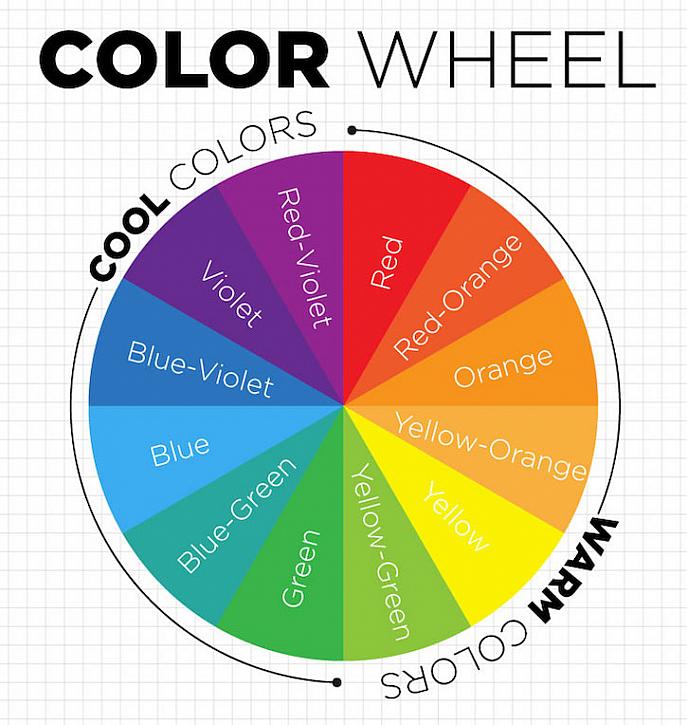
How does color temperature affect the use of colors in interior design?
Well, color temperatures offer mood inside a house or an office. For example, you can use warm colors to create a warm temperature in your spacious kitchen.
Warm colors are red, yellow, and orange. These colors provide a vibrant and lively touch in the room. In contrast, purples, blue and green offer a warm temperature. If you calm and relaxed feel to a room, cool colors are your excellent choice.
When it comes to choosing the color temperature for spacious rooms, consider the size of the room. Warm color isn’t perfect for a tight room because it can make you feel claustrophobic. Meanwhile, using cool colors in a spacious room makes the room feel stark.
Color Schemes
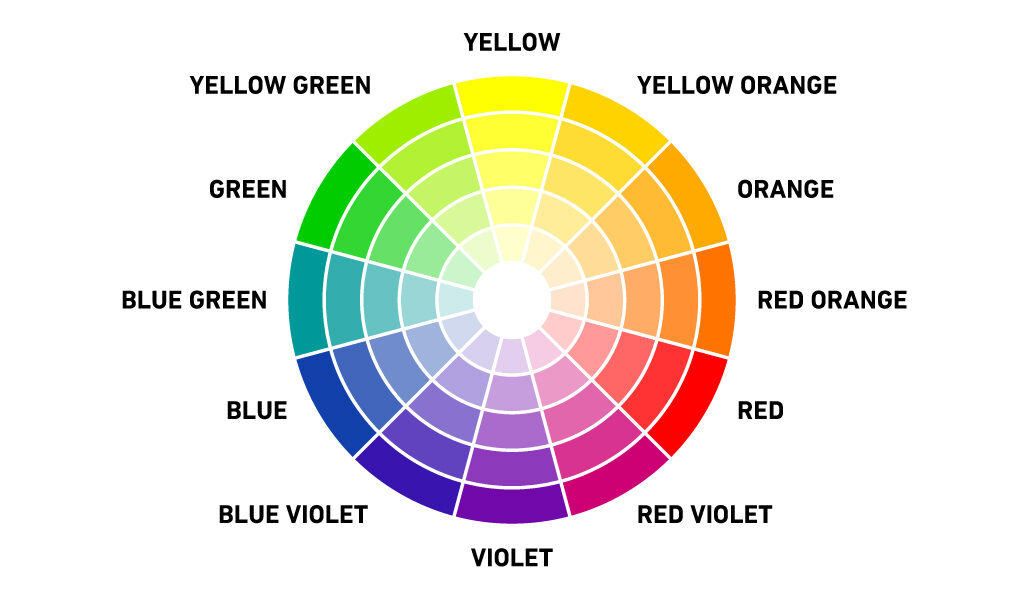
You can add artistry to the interior design of your home using color schemes. Here are different color schemes that would bring life to your home or office:
- Complementary color scheme – One of the most straightforward color schemes for home or office is complimentary. With this color scheme, you use two colors that are opposite in the color wheel. Examples of the color you can use are blue and orange, red and green or yellow and purple.
- Split-complimentary color scheme – Choose the best shade for this color scheme. Instead of selectin two opposite colors, select two shades on the side of the different color.
- Analogous color scheme – In the analogous scheme, you would use three colors on the color wheel. For example, you use two primary color and third shade, such as orange, yellow, or red.
- Triadic color scheme – Often referred to a triad, the triadic color scheme allows you to use three-color having equal space on the color wheel.
Now you’re ready to use great colors on your home’s interior.
Remember: you don’t need to be a pro interior designer to add beauty to a home’s or office’s interior space. You only need to be creative to use the best colors.

